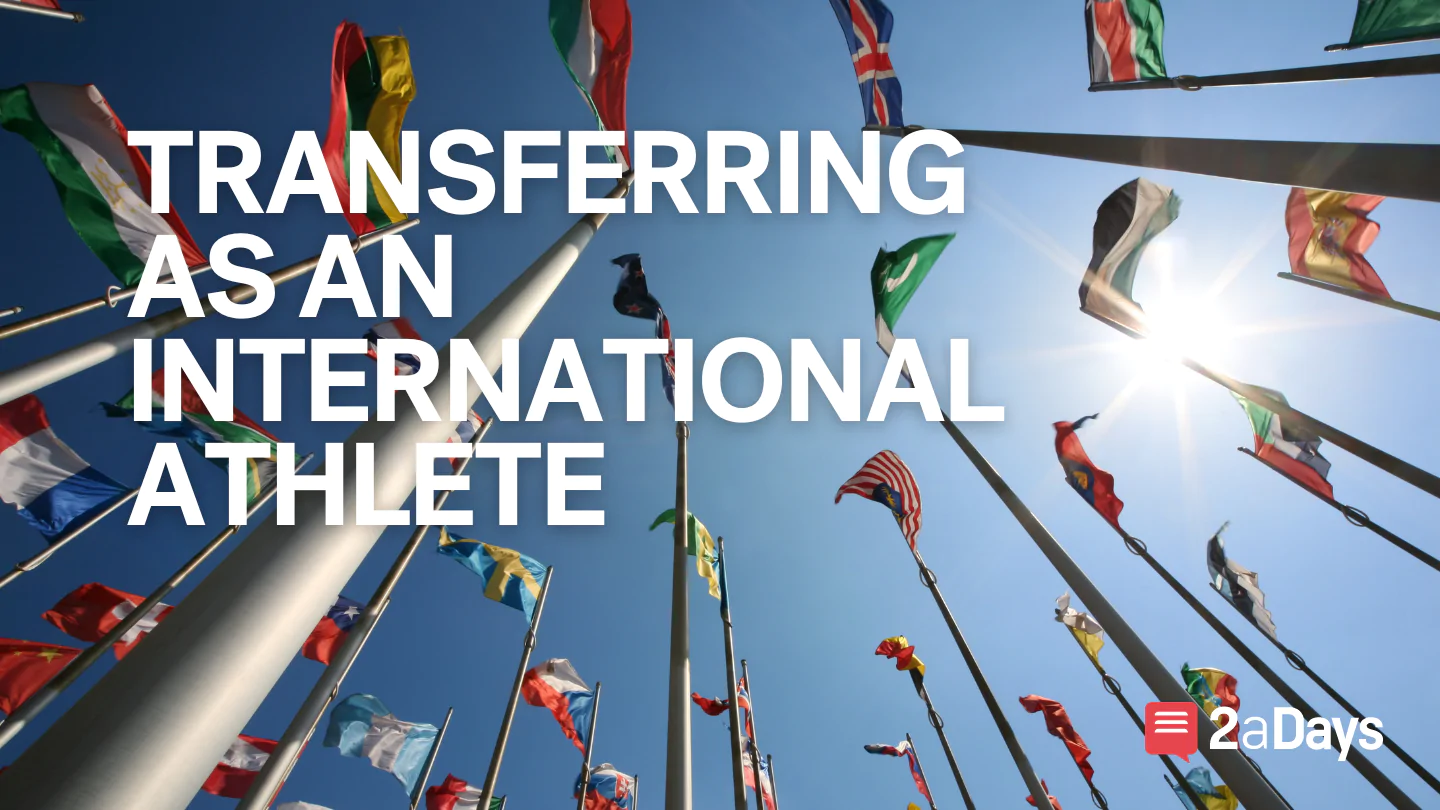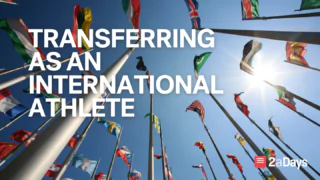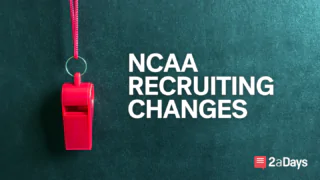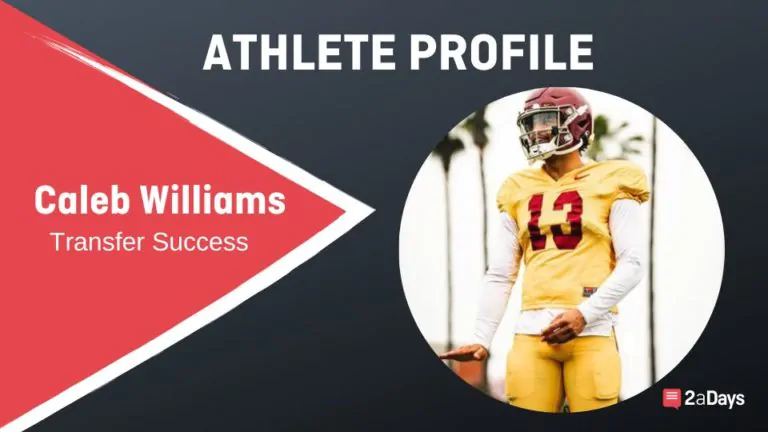As an international athlete at a U.S. college, you must consider additional factors on immigration and international student status while transferring to a new program in the United States. This process is comparable to that of domestic athletes. An outline of the procedures an international athlete must follow to transfer to a new university athletic program is listed below:
1. Acknowledge the transfer rules:
Review the NCAA, JUCO, or NAIA transfer policies and guidelines. Your eligibility to participate at your new institution will be determined by these rules. Sit-out periods, exclusions, academics, and other criteria for overseas students are examples of transfer restrictions.
2. Speak with new coaches:
To start, get in touch with the coaches of the sports teams of the university you want to transfer to. Inform them that you want to transfer, as well as your interest in joining their program and submitting your academic and athletic transcripts.
3. Academic eligibility:
Verify that you fulfill the new school's requirements for academic eligibility. This could entail turning in your transcripts, academic records, results from standardized tests, and other paperwork needed for admission and eligibility. It could be necessary to assess international transcripts to determine whether they meet U.S. educational requirements.
4. Compliance:
You must follow the compliance procedure to play NCAA, JUCO, or NAIA sports. This usually entails completing academic records, filing transfer papers, and making sure you fulfill the requirements for transfer eligibility. You will receive guidance via this process from the relevant organization's eligibility center.
5. Immigration and Visas:
As an international athlete, you must transfer and submit your Student and Exchange Visitor Information System (SEVIS) record to the new school if you have an F-1 student visa. To start the transfer process, you must collaborate with your current school's Designated School Official (DSO). Ensure that the necessary documentation is completed and that immigration laws are observed.
6. Athletic scholarships:
Talk to the coaches at your new school about your options for a possible athletic scholarship or what they offer for financial aid. It is crucial to check on your eligibility for athletic aid and the types of financial assistance offered.
7. Financial considerations:
Make sure you account for all the costs associated with your transfer, including living expenses, tuition, and any adjustments to your financial aid or scholarships. Observe any financial prerequisites related to your visa status.
8. Secure admission:
After receiving an offer from the athletic department at your new school, make sure you fulfill the prerequisites and finish the application process. Included with your visa application should be all necessary documentation, including a financial verification.
9. Transition & logistics:
Make sure you arrange your transportation ahead of time.
- Do you need to fly?
- Who will pick you up?
- How will you move all of your stuff in?
Securing housing can also be difficult, so talk with your coaches about what the best option is for you. Finally, it can be a huge hassle to move schools, so make sure you have all of the supplies you need to move.
Depending on the unique rules and regulations of the NCAA, JUCO, NAIA, and the particular colleges or universities involved, the transfer procedure may change. Collaborating closely with the academic and athletic departments of your new and old schools is crucial to a seamless transfer and to steer clear of any possible problems related to immigration and eligibility.







